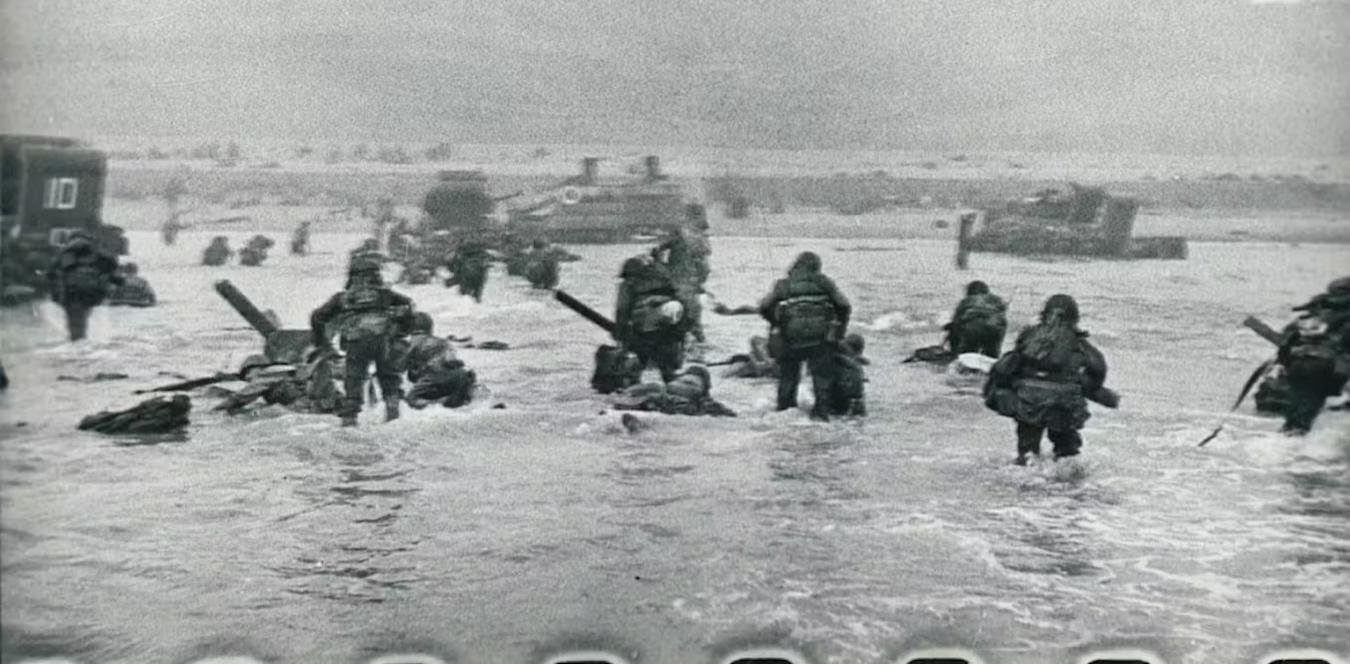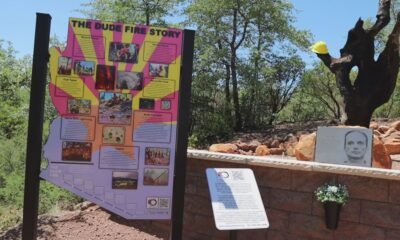history
Relics of Omaha Beach: A Jacket, Coin, and Letter Reveal D-Day’s Untold Stories 80 Years On

Between Vierville-sur-Mer and Sainte-Honorine-des-Pertes in Normandy, France, lies a 5-mile stretch of beach known as Omaha. Historically referred to as Côte d’Or or “golden coast,” the beach transformed on June 6, 1944, during D-Day, when thousands of Allied soldiers launched an assault against Nazi forces.
As curator of modern military history at the National Museum of American History, I oversee artifacts that narrate the story of Omaha Beach and the invasion. Among them is a letter from Pvt. Howard I. Moorefield of North Carolina. On the morning of D-Day, he received General Dwight D. Eisenhower’s Order of the Day, urging soldiers embarking on the “Great Crusade.” This message emphasized the high stakes of their mission as the world watched.
For Company A of the 116th Infantry Regiment, the day began in desperation. After being woken at 2 a.m., soldiers donned new, heavy U.S. Army assault jackets designed to aid the first wave of landings. However, just before the assault, these jackets added an extra 60 pounds, which would soon prove treacherous.
As the landing craft approached Sector Dog Green, one vessel began to sink. The soaking jackets became burdensome anchors, trapping many soldiers in the water. Those who reached the shore found not the expected cover from bombardments but an open beach vulnerable to enemy fire. Within minutes, German mortars decimated Company A, scattering troops who were cold, wet, and terrified.
Further down the beach, photographer Robert Capa landed with Company E and captured the harrowing moments of the invasion. His images, published in Life magazine shortly thereafter, brought the brutal reality of D-Day to American households.
As casualties mounted, medical personnel like Walter Melville Weberbauer, a pharmacist’s mate, rushed to aid the wounded. A Jewish man, Weberbauer’s involvement held personal significance as he confronted the Nazis. His identification tags included a British coin he rubbed for luck, symbolizing the fight’s broader struggle.
Throughout the day, reinforcements, including Company H of the 26th Infantry Regiment, came ashore amid chaos. Pfc. Francis X. McGraw, already a veteran of battles in North Africa and Sicily, would later receive the Medal of Honor for his bravery during this assault.
The aftermath of the June 6 invasion reshaped Omaha Beach, transforming it into a vital route for Allied forces entering Europe. Surprisingly, today, 4% of the beach’s sand consists of iron particles from the intense conflict that ensued.
These artifacts—from a soldier’s jacket to the very sand beneath our feet—remain poignant reminders of a pivotal moment in history, encapsulating the perseverance and sacrifice of those involved. As President Franklin D. Roosevelt once stated, this struggle aimed to foster justice and goodwill among all.


















